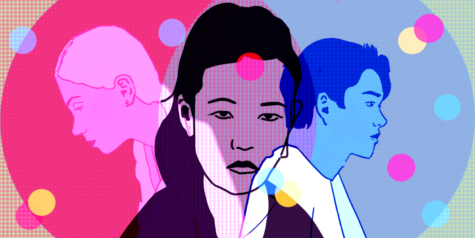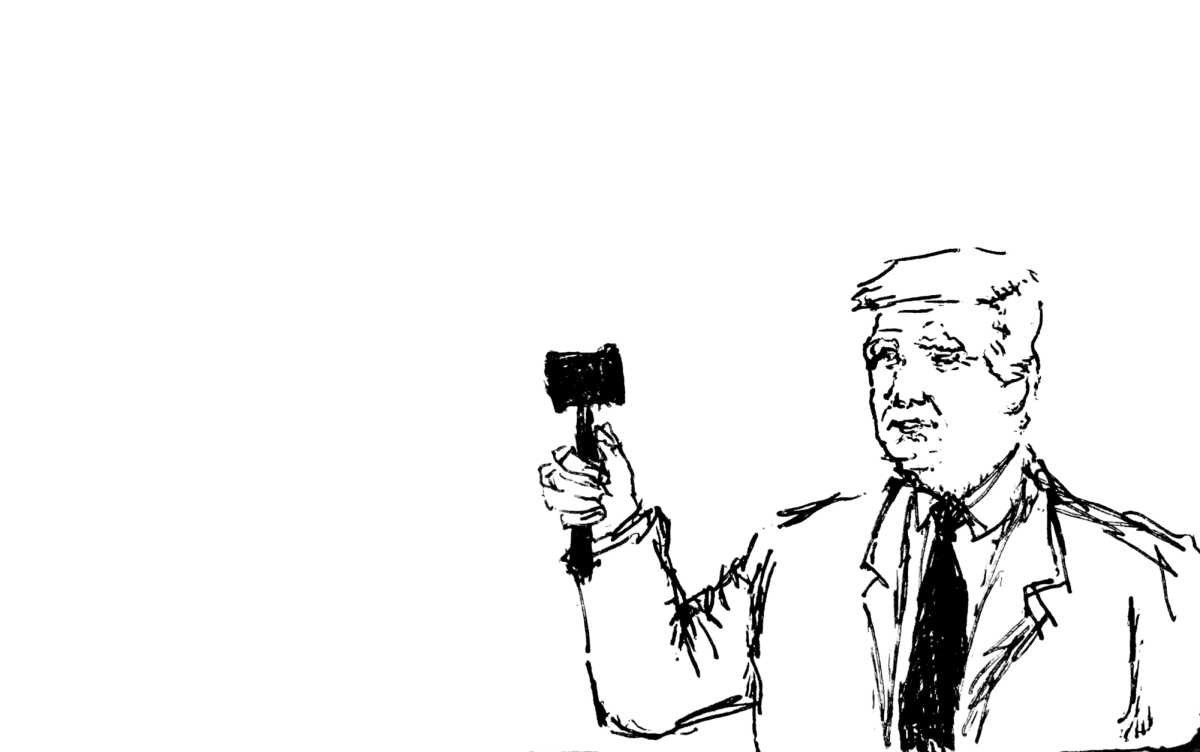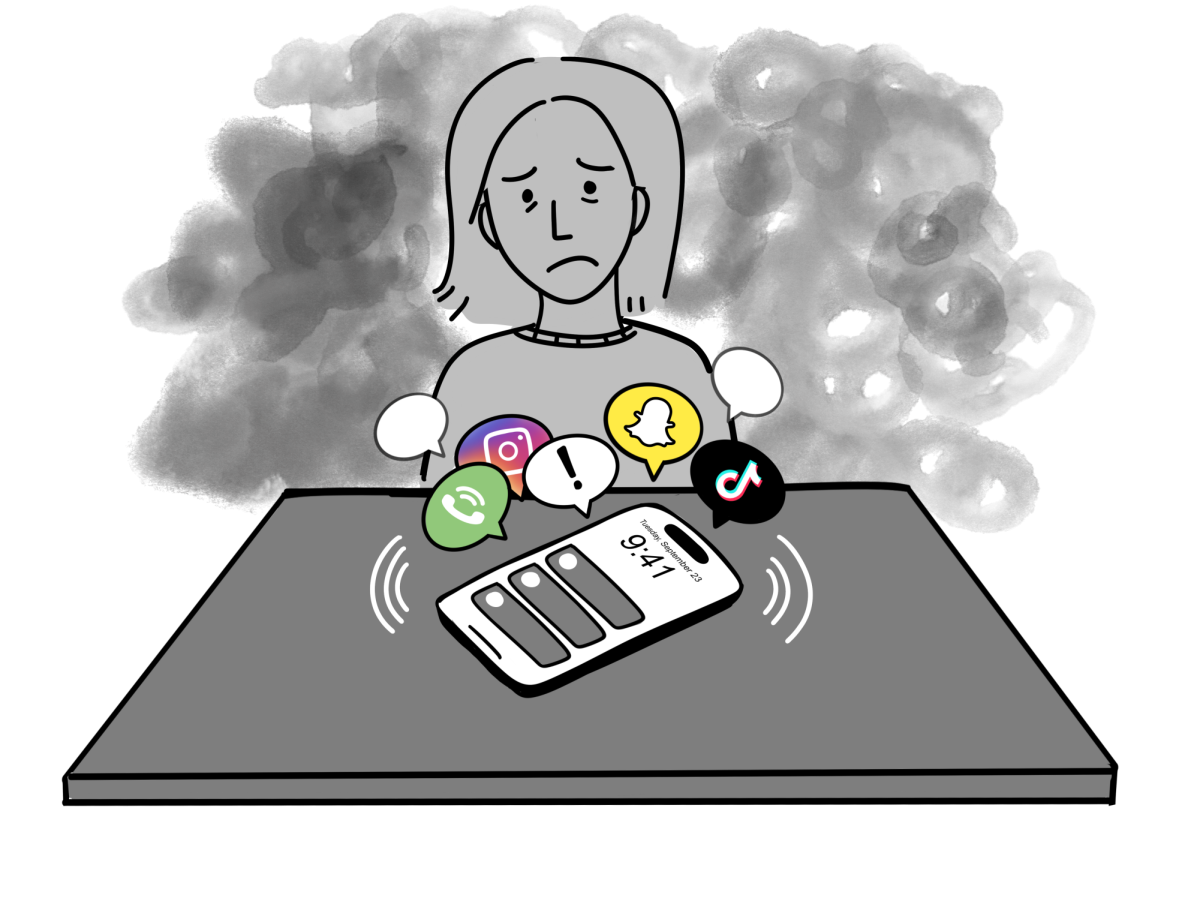Science, technology, engineering, and mathematics, otherwise known as STEM, are marked with cutting-edge knowledge and innovation. STEM has been deemed the industry of the future. Ironically, while STEM is marked by growth, the environment it facilitates is not. It’s commonly accepted that women in STEM are treated differently than men. Often, women in STEM are undermined and overlooked merely because of their gender. In more severe cases, many women in the workplace also undergo harassment or assault. But this sort of overt misogyny, where women have felt unsafe in their workplaces, doesn’t seem to ring rampant at LM as it may in other institutions.
Instead, LM is riddled with covert forms of marginalization. Instead of an apparent appearance of sexism, microaggression, and hidden misogynistic conceptions thread throughout our day-to-day activities. Instead of a teacher directly saying that one’s work isn’t acceptable simply because of their gender, there are minute discrepancies between how teachers treat their female students versus their male students. Diminutive actions, such as dubbing female students by pet names, reinforce that we aren’t being taken as seriously as our male counterparts.
But most noticeably, women at LM aren’t usually alienated by their teachers, but their own peers. Even from students who aren’t as heavily involved in STEM, women in STEM are viewed as outsiders. Penny Cohen ’25 states, “When it comes to my outside peers, I’m sometimes seen as ‘nerdy’ or ‘the one who does STEM.’” However, from the perspective of students in STEM, women trek along a thin tightrope. While women struggle to combat the stereotype that successful scientists typically sustain masculine stereotypes, they simultaneously balance the expectations of acting “feminine.”
This constant struggle to find balance is not the only factor that ties women down in STEM. There is tension between women themselves because of stereotypes that construct gender biases. This conflict highlights not only the covert sexism that exists at LM but also the covert racism. Women of color (WOC) have a vastly different experience at school compared to white women.
Recently, there was a women in STEM speaker panel held at LM, encouraging women to pursue STEM, a field dominated by men. A student who attended the conference, Anwen Underwood ’24, recalls an experience that many of the speakers spoke of: “women are more likely to use phrases that make them seem like they doubt themselves when expressing their opinion (e.g. “I’m pretty sure that….”), while men are more likely to speak as if they are 100% confident even if they aren’t.” This incident is commonly highlighted when discussing inclusion in STEM. After all, shouldn’t we question why most women in STEM feel the need to inflight self-doubt?
There was one major issue with this panel: there were no women of color. Every single speaker on the docket was white, and therefore, female students of color could not have the same takeaways that their white peers could. How a black woman would answer the question of working in a male-dominated industry is simply different than how a white woman would. Although the panelists have faced discrimination in their work, they can only offer insight on a white experience. The lack of women of color on the panel is very jarring because this eliminates the inclusion of the experience of women of color. As a whole, when we advocate for women in STEM, we should be advocating for all women in STEM.
A survey that a group of STEM teachers sent out to gather opinions about gender inequality in STEM classes at LM ties into these ideas. One of the questions asked on the survey, “Do you think LM should have a section of an intro engineering and/or computer science class exclusively for people who identify as female/nonbinary?” While creating safe spaces for marginalized groups is helpful, it will not solve the problem. We can’t make a class for every marginalized community. Instead, we need to foster inclusivity in what already exists. Making a separate class would not serve to break down any gender barriers. Instead, reformative work should be the main emphasis. Enabling inclusive academic environments means looking at all aspects of one’s identity.
Claire Wang ’23, describes how her experiences as a woman and her experiences as an Asian-American intertwine: “I have found that my gender has held me back in expressing my thoughts and ideas preventing me from showcasing my capabilities, while my race seems to highlight my failures as I am expected to fail under my stereotype.” The model minority myth is a common trope among Asian students, just as gender barriers are present among female students. When intertwined, Asian women seem to be stuck in a battle of a multitude of forces: gender stereotypes serve to lower the expectations of our capabilities as racial stereotypes lead others to point out our shortcomings as “gotcha” moments.
The relationship that a WOC holds with her race and gender is defined as a “double jeopardy.” The impact of this relationship can multiply when a person is part of many marginalized communities (e.g. race, gender, class, sexuality, etc). The patriarchy creates different experiences for women based on a myriad of factors, particularly for women of color. Multiple overlapping factors can contribute to one’s alienation, and to fix one factor, we can not ignore the others. This is intersectionality, and it is something LM strongly lacks understanding of. To move towards a gender-inclusive future, we must also move towards an anti-racist future.






